just found this setting up cartridge on a 1210
Twisting your cartridge in the headshell
Posted September 13th, 2009 by JaS
When using a universal 2-point protractor we all know that you should change your stylus overhang by moving the cartridge for and aft in the headshell to align as closely as possible at both alignment points.
But what of the angle of the cartridge in the headshell?
The instructions normally state that you should 'twist' or 'skew' the cartridge in the headshell as required to get perfect alignment at both null points.
However, some people believe it's important to keep the cartridge square in the headshell so only adjust the overhang, even if this means less than perfect alignment at the null points.
So how important is the offset angle and what effect does keeping the original angle in the headshell have on the resulting alignment? To find out I decided to measure the results of the two methods when applied to the Technics SL-1210.
Technics SL-1210 - standard alignment
effective length = 230 mm
overhang = 15 mm
offset angle = 22 °
maximum distortion = 0.904 %
average distortion = 0.529%
From the manufacturer's plot (orange) it can be seen that the standard alignment isn't bad, producing just a little more tracking distortion than Baerwald (red) and Loefgren B (green) alignments for most of the recorded grooves. It's actually very close to Stevenson alignment for records with DIN standard inner and outer grooves.
Technics SL-1210 - baerwald alignment
But what about other solutions? Common practice is to align to Baerwald null points (66 and 120.9mm for IEC records) using a universal protractor. Aligned accurately to the null points (twisting the cartridge in the headshell as necessary) you will get a distortion pattern that follows the red line in the first plot and your new geometry will be as follows:
new effective length = 232.817 mm
new overhang = 17.817 mm
new offset angle = 23.664 °
maximum distortion = 0.64 %
average distortion = 0.417%
Not bad. Peak and average RMS distortion have both fallen and the pattern of distortion across the record is smoother. Distortion at the inner grooves is markedly lower than the manufacturer's alignment right up to the last few mm and never reaches the same peak.
Technics SL-1210 - baerwald overhang / cartridge square in headshell
But what if you want to keep the cartridge square in the headshell?
If you move the cartridge forward to the new overhang position, but keep it square in the headshell, you will change the original offset angle as it's a product of the effective length and the angle of the cantilever.
In the case of the SL-1210, pushing the cartridge forward to achieve the 17.817mm overhang that baerwald dictates results in an offset angle of 21.720 °
So, what effect does this alignment have on the distortion plot?
new effective length = 232.817 mm
new overhang = 17.817 mm
new offset angle = 21.720°
maximum distortion = 2.242%
average distortion = 0.923%
Not great. There are now no null points in the recorded area of the record and peak distortion has jumped to 2.242%.
While results from different arms will vary, this clearly shows the influence of the offset angle on alignment and the resulting distortion pattern it will produce.
If you are very lucky your arm will have a headshell angle that is very close to the required angle to keep the cartridge looking square in the headshell after alignment to a universal protractor. However, it shouldn't be used as a reference point for any alignment but the manufacturer's, and you should concentrate on getting the cartridge/cantilever aligned as closely as possible to the printed grids on the protractor, that way you should get a spread of distortion very close to the theoretical one you are aiming for.
While cartridge azimuth (vertical alignment of the stylus) is a little beyond the scope of this article, if you are concerned with the effect on azimuth from using an excessively altered offset angle, or simply want to experiment with different overhang settings, I've created a simple overhang shift calculator. This tool allows you to calculate the effect of shifting your overhang from the manufacturer's setting and to plot the distortion pattern before trying it on your records!





